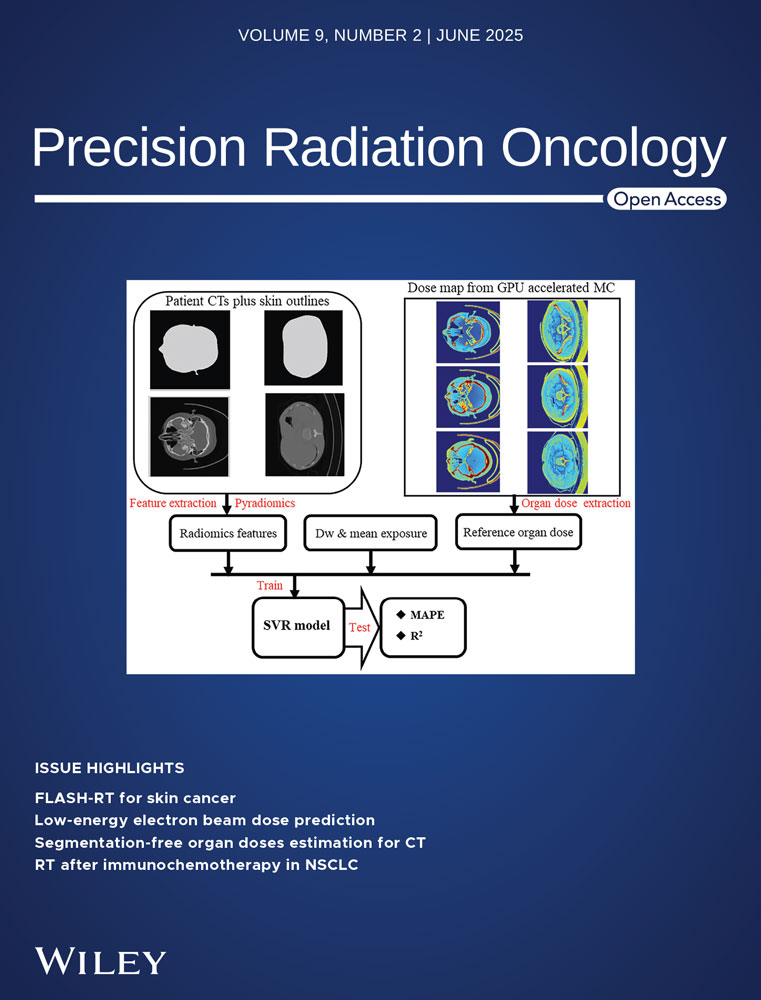Radiotherapy after Neoadjuvant Immunochemotherapy in Unresectable Stage III Non-Small Cell Lung Carcinoma: A Novel Therapeutic Approach?
Peizhu Wu, and Chaozhuo Li contributed equally to this work.
Neoadjuvant immunochemotherapy provides more surgical opportunities for patients with non-small cell lung carcinoma (NSCLC), especially those with borderline resectable and unresectable tumors. Recently, Zhou et al. reported that neoadjuvant SHR-1701 combined with chemotherapy yielded a post-induction objective response rate of 58% and an 18-month event-free survival (EFS) rate of 56.6% in patients with stage III unresectable NSCLC. Meanwhile, 25% of the patients who underwent surgery conversion across arms achieved R0 resection.1 The tumor was successfully transformed from advanced and inoperable to surgically resectable after treatment with neoadjuvant immunochemotherapy. However, several issues remain unresolved.
In this study, the 12-month and 18-month EFS rates were significantly higher in the surgery group than in the radiotherapy group. However, this does not mean that surgical treatment is superior to radiotherapy. The multidisciplinary team selected the surgery group based on patients who had received three cycles of induction therapy, which may have contributed to better treatment outcomes. Radiotherapy may also have beneficial therapeutic effects in patients with favorable outcomes from induction treatment. Randomized controlled clinical trials are needed to validate the therapeutic effects and survival outcomes of surgery and radiotherapy in patients with unresectable NSCLC, which have shown better results after induction immunochemotherapy.
Even if patients with better treatment-induced effects were selected for surgery, the patients with poor response, who remained in the radiotherapy group, still achieved a median progression-free survival (PFS) time of 24.2 months, which was superior to the results of the PACIFIC-2 study (median PFS was 13.8 months) without an increase in toxicity.2 Thus, for patients with stage III unresectable NSCLC, radiotherapy following three cycles of induction immunochemotherapy is a novel treatment worth considering.
The SPRINT study established an effective treatment model involving three cycles of induction pembrolizumab before radiotherapy in patients with unresectable stage II or III NSCLC and a programmed death-ligand 1 (PD-L1) tumor proportion score (TPS) of 50% or higher.3 In this study, the neoadjuvant SHR-1701 monotherapy cohort and the neoadjuvant SHR-1701 plus chemotherapy cohort with PD-L1 TPS ≥ 50% had small sample sizes and lacked direct contrast. Thus, expanding the sample size of the two cohorts is required to investigate whether chemotherapy can be eliminated from the induction regimen in patients with high PD-L1 expression.
Determining the optimal timing for radiotherapy initiation after induction therapy is a critical clinical decision. Both Zhou et al. and the SPRINT study administered three-cycle induction therapy before radiotherapy. Regarding the treatment interval, Zhou et al. initiated radiotherapy within six weeks after induction therapy. In contrast, the SPRINT study did not specify this interval explicitly. The interval between radiotherapy and induction immunotherapy should be determined by comprehensively considering tolerance to radiotherapy and its potential synergistic effects with immunotherapy. Consequently, further clinical research is needed to determine the optimal interval length.
In conclusion, Zhou et al. have demonstrated the potential for surgery following neoadjuvant immunochemotherapy in patients with locally advanced, unresectable NSCLC, thereby altering the treatment landscape for these patients. This study sparked a heated debate on whether surgery or radiotherapy should be adopted in patients with unresectable NSCLC who have favorable induction immunotherapy results. This study proposes a new possible treatment regimen, suggesting that radiotherapy after three cycles of induction immunochemotherapy, rather than concurrent radiochemotherapy, could serve as a novel treatment paradigm.
ACKNOWLEDGMENTS
The study was funded by the National Natural Science Foundation of China (No. 81972796 and No. 82272845).
CONFLICT OF INTEREST STATEMENT
We declare no competing interests.
ETHICS STATEMENT
Not applicable.




